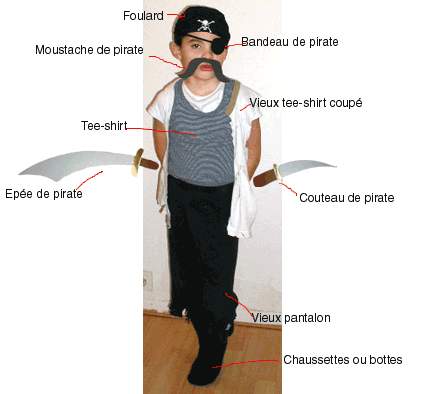On Thursday this week I will be looking at how one simple resource can support the introduction, practise and revisiting of many language learning skills . We will consider how progression can be built in to primary language learning very simply and we will look for links with literacy and/or across the primary curriculum.
For teachers, just setting off on the road to delivering effective primary language learning or supporting staff to do so, the activities will hopefully act as sign posts to help the school plan sequences of meaningful and purposeful language learning activities.
Schools, where staff have limited target language skills can plan to use authentic texts which have been carefully selected because they are not too challenging for the non-specialist.We find that such texts should repetitive language,clear sound support files if possible,introduce key language and words and not be too "wordy".
Above is the authentic and familiar rhyme "tengo dos manitas" , sung clearly with the words appearing on the screen in the clip.The clip is repetitive and uses simple language.There are obvious actions to the text.
Word warm up
Practise the key language from the text preferably with actions/ movements or a physical routine .
Here we have core body parts' language (manitas/ojos/nariz/boquita)
and two key actions (aplaudir and sonreir)
Add a fun, memorable element immediately.
Ask the children can they smile / clap using the body parts in the rhyme
e.g. Pueden sonreir con los ojos/la nariz/la boquita/las manitas
Pueden aplaudir con los ojos/la nariz/la boquita/ la manitas
Get to know the rhyme and make it your own!
- Practise the rhyme- as this rhyme has a clip to accompany it , when you feel the class are comfortable , turn down the sound and ask the children to be the sound file to the clip!
- Add actions and focus on rhythm.
- Practise in pairs with the words and the actions
- Practise in fours and make the rhyme "your own". Each group can decide how they want to say and perform the rhyme
- Performance time- one group of four performs for a second group
- As a class perform the rhyme and as this rhyme repeats the verse over and again let one group lead the whole class each time - sharing their own special version and actions etc.
Class warm up song or recall song
Now you have a rhyme to say , sing or perform at the start of a language lesson over the next couple of weeks or to use to recall children and bring them back together after another activity.
Take another look!
Languages are not always about racing on.Learning some language and then moving to the next goal doesn't make confident young language explorers in my opinion.
Let the class enjoy the rhyme and actions and then plan to return to the rhyme and activate memory to use the rhyme to explore languages further.
Missing words or Volume control games
Come back to the rhyme or song at a later date and this time ask the children to miss words out or to observe you as you operate a pretend volume control ,so that there are times when the children whisper or don't even say the words but do the actions instead.
Rhythm raps
Can the children help you to create a new version of the rhyme - a rap - made up of the beats and cadence of the rhyme- no words just the beat and rhythm of the text?
Go sound fishing!
Identify the key sounds in the song or rhyme for example here I would identify:
j/o/qui/re/ir/au/iz
Can the class work in pairs and say the rhyme to each other and spot these key sounds as they say the words?
Can they decide in which order the sounds are heard and how often?
Can they spot the key sounds in the written words displayed by you at the front of the classroom.
Bringing the written word together!
Using their knowledge of the rhyme and their visual knowledge of key words can the children reconstruct the written text ,putting the text back together from word cards.





.jpg!Blog.jpg)






















